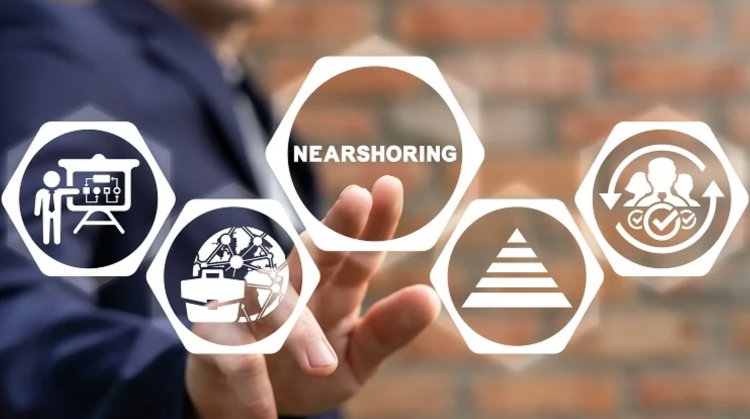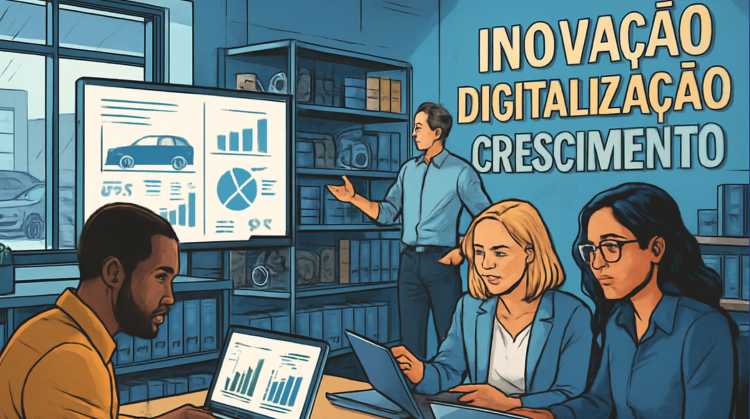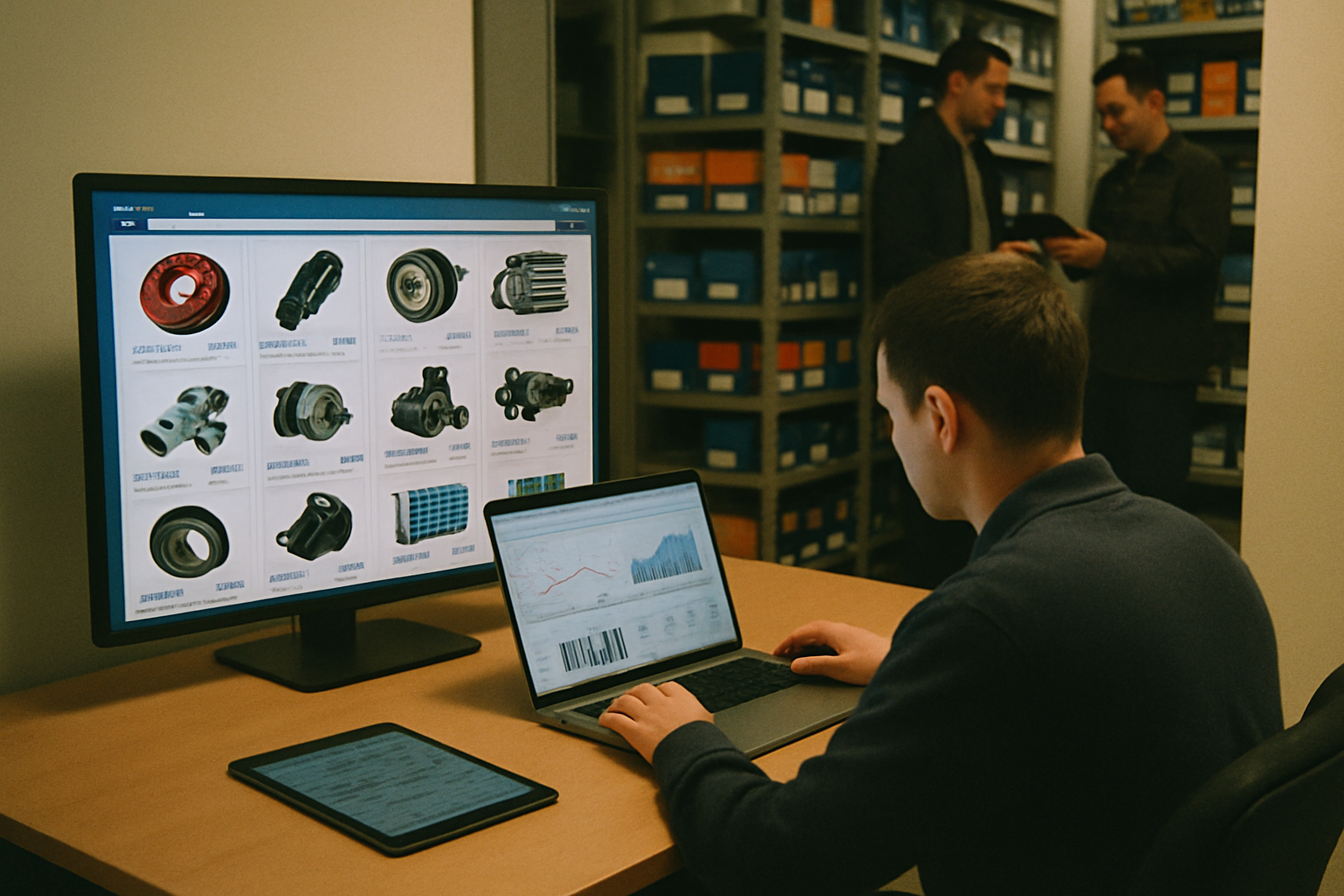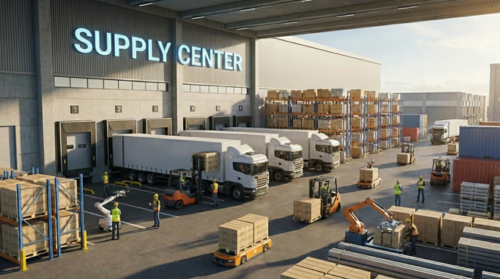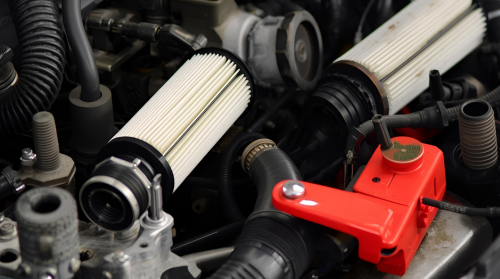What is nearshoring and why is it on the rise?
Nearshoring is the strategy of transferring production processes to countries closer to the final consumer market. In Mexico’s case, it represents a growing movement of companies relocating factories from Asia to North America to reduce logistics costs, face fewer customs barriers, and respond more quickly to demand. This phenomenon has turned Mexico into a strategic hub, especially for the automotive and manufacturing industries.
Nearshoring accelerates Mexico’s logistics pace
With the advancement of nearshoring, Mexico is consolidating itself as one of the main industrial hubs in Latin America — and the impact goes far beyond goods production. According to projections from Statista, freight transportation demand is expected to reach USD 59 billion by 2030, with annual growth of 5.23% starting in 2025.
Auto parts at the center of transformation
The growth of digital B2B commerce in the automotive aftermarket is already a reality. Distributors operating with digital catalogs, real-time inventory synchronization, and automated pricing can better serve their customers — workshops, retailers, and even end consumers. This progress reduces stockouts, facilitates access to technical information, and streamlines buyers’ daily operations.
Concrete cases of digitalization in after-sales
Mexican companies have been adapting. Some distribution networks automate margins per sales channel, dealerships already offer parts online, and groups share inventory across branches. These solutions not only enhance the buyer’s experience but also boost competitiveness amid the growing logistics demand brought by nearshoring.
Beyond trucks: the challenge of auto parts
This new logistics cycle demands more than trucks, it requires a complete redesign of the auto parts distribution and after-sales ecosystem. Distributors with digital catalogs and synchronized inventory have a competitive advantage. Automation prevents stockouts, reduces errors, and facilitates access to application and availability data.
Drop in production reinforces the need for efficiency
According to the ANPACT (National Association of Bus, Truck and Tractor Producers), heavy vehicle production dropped 22.3% in the first four months of 2025 compared to the same period in 2024. This decline highlights the importance of digital strategies to keep the supply chain running smoothly.
Workshops and retailers reap the rewards of digitalization: the future is integrated and automated
For workshops and resellers, digital transformation brings agility and predictability. It is now possible to search for the best part option without relying on phone calls or in-person visits. Manufacturers that digitize catalogs and automate margins expand their reach to smaller customers.
In Mexico, distributors share inventory among branches, dealerships sell parts online, and platforms integrate the entire journey, from catalog to checkout. Nearshoring accelerates this movement. Digitalization is no longer a trend; it is a prerequisite to keeping up with the new demand.
The future in perspective
The journey of the auto parts sector amid nearshoring and digitalization will be marked by three phases:
-
Short term: rapid adaptation and immediate digitalization;
-
Medium term: competitive consolidation and new digital channels;
-
Long term: structural transformation, regional integration, and innovation in business models.
The scenario shows that those who invest in innovation today will have greater chances of leading the market in the near future.

